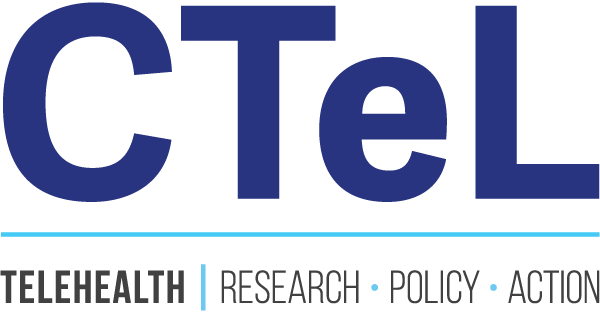Navigating Federal Spending Pauses: What Hospitals, Health Systems, and Providers Need to Know
The healthcare landscape faces a significant and abrupt challenge following the Office of Management and Budget (OMB)’s recent directive to temporarily pause federal spending on financial assistance programs. This action, effective as of 5:00 PM ET tonight, has wide-ranging implications for healthcare providers, hospitals, and health systems that rely on federal funding to support critical programs.
Below, we outline the key details, potential impacts, and steps you can take to stay prepared during this period of uncertainty.
Programs Impacted by the Pause
The OMB’s memo targets a broad spectrum of federal financial assistance programs, including but not limited to:
Medicaid
Temporary Assistance for Needy Families (TANF)
Children's Health Insurance Program (CHIP)
Supplemental Nutrition Assistance Program (SNAP)
Special Supplemental Nutrition Program for Women, Infants, and Children (WIC)
Community Health Center Fund
HIV/AIDS and substance abuse/mental health programs
These programs, critical to public health and equity efforts, are now under review and face potential funding delays through at least February 10, 2025, if not longer. According to legal experts, grants not yet fully disbursed will be paused, affecting state-federal cooperative programs reliant on federal funding.
Implications for Healthcare Organizations
This spending pause introduces significant financial and operational risks for healthcare providers and systems, particularly those:
Operating in underserved areas where Medicaid and CHIP play a crucial role in patient care.
Managing federally funded programs targeting substance abuse, mental health, and HIV/AIDS.
Supporting public health initiatives through WIC, SNAP, or community health centers.
Additionally, funding for equity-focused programs may face increased scrutiny, potentially disrupting initiatives aimed at addressing health disparities.
Legal and Policy Landscape
A legal challenge has already been filed against the spending pause, but its resolution may take time. The administration estimates that over $3 trillion in spending will be impacted by this directive, emphasizing the sheer scale of the potential disruption. Healthcare organizations should monitor further guidance and updates, as state and federal agencies are expected to revise protocols in response to the order.
Steps to Stay Prepared
Given the ambiguous nature of this situation, healthcare organizations should take proactive measures to mitigate risks and ensure continuity of operations:
Review Current Funding Streams:
Identify all federal grants, loans, or cooperative agreements that your organization relies on.
Determine which programs are at risk of funding delays or scrutiny.
Engage Stakeholders:
Communicate with state and federal partners to clarify the status of ongoing programs.
Coordinate with financial teams to assess potential cash flow impacts and develop contingency plans.
Strengthen Advocacy Efforts:
Work with industry associations and legal counsel to advocate for clarity and resolution.
Collaborate with peer organizations to amplify concerns and share best practices.
Monitor Updates:
Stay informed about legal challenges and subsequent federal guidance.
Subscribe to alerts from relevant agencies and trusted policy resources to receive timely updates.
Prepare for Operational Adjustments:
Consider temporary scaling back of initiatives dependent on federal funding.
Diversify funding sources where possible to reduce reliance on federal programs.
While the OMB’s spending pause introduces significant uncertainty, preparation and collaboration can help mitigate its impacts. Healthcare providers, hospitals, and systems must remain agile, informed, and engaged as the situation evolves.
We will continue to provide updates as more information becomes available. If you have questions or need guidance, do not hesitate to reach out. Together, we can navigate these challenges and continue delivering essential care to our communities.


